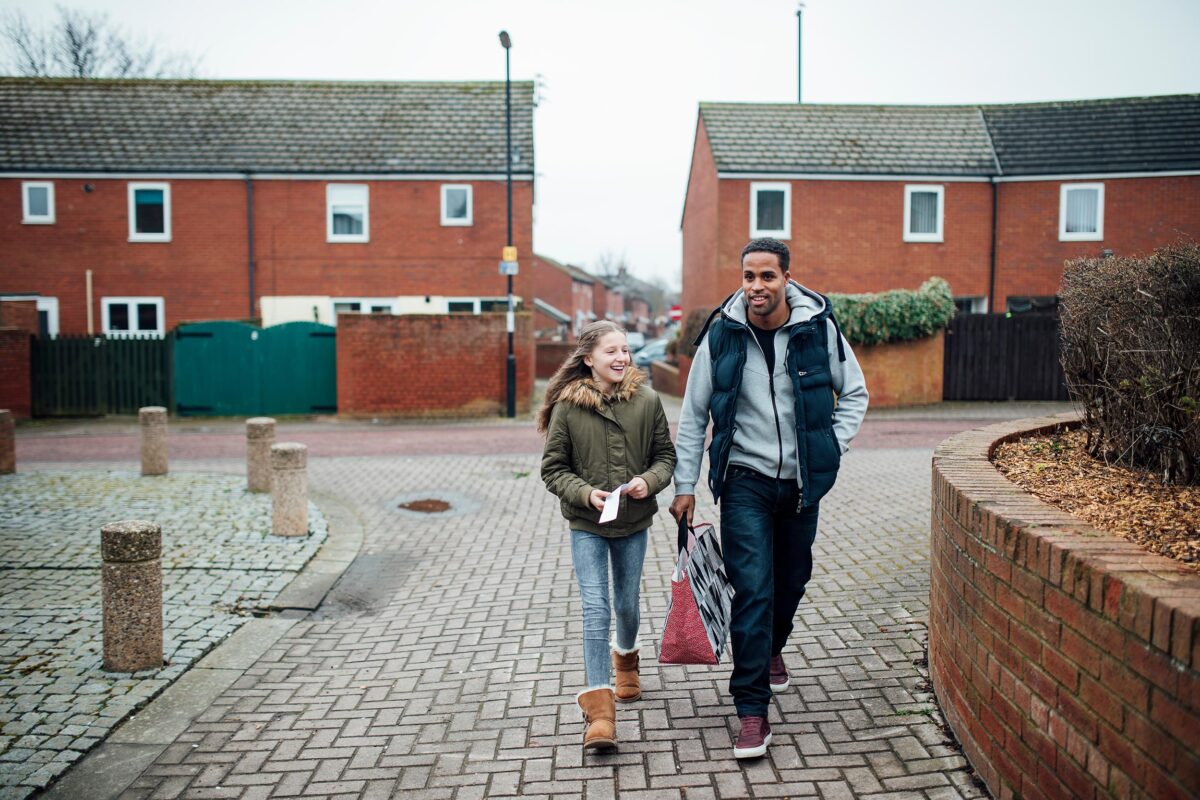The challenge
As of June 2021, there were 96,600 households (60,830 in London) in temporary accommodation in England. These households included 124,290 children. The pandemic has led to a sharp rise (14%) in households in temporary accommodation since the second quarter of 2020, primarily driven by an increase in single adults becoming homeless.
Government figures show councils spent £1.19 billion on temporary accommodation in 2019/20, a 9% rise on the previous year and up 55% on 2014/15. The bulk of this was funded through housing benefit.
Meanwhile, a lucrative private market has developed in which brokers are exploiting the difficulties authorities face in sourcing temporary accommodation (Shelter, 2020). In 2017, the Public Accounts Committee observed that temporary accommodation is “often of a poor standard and does not offer value for money”. The National Audit Office criticised the lack of “a robust estimate” for the wider cost of using temporary accommodation, pointing out there would be additional costs to other public services, such as the NHS and education.
While the immediate and growing priority for authorities is temporary accommodation, the Beehive solution is completely flexible so the authority can manage the tenure types over time as they see fit — social rent, locally affordable, key-worker, affordable, private rental and so on.
The Beehive solution
The structure of the Beehive solution means local authorities acquire homes that have come from a trusted seller, are available with long-term price certainty and are at a rent level which ensures they are affordable for the tenant while also creating sufficient surplus to cover the council’s operational costs.
A further important feature is that because Beehive has significant backing from our investment partner Macquarie, we can deliver portfolios at scale and speed.
How it works
The process for the local authority is made very simple. Beehive absorbs all the costs and complexity of the corporate transaction (including all legal, structural, SDLT and funding components) and presents a financially viable portfolio with simple, but proven, lease documents.
Because the lease payment will be between 70-75% of the Local Housing Allowance, the authority can let the homes out while covering operational costs and still generate a running surplus.
The authority can also secure significant budget savings associated with the cost of temporary accommodation and finally, at the end of the lease term, the homes will all transfer debt free to the authority for £1.
Positive impact
The end result: the local authority can provide good quality and affordable homes to local households on Assured Shorthold Tenancies. This support is proven to substantially improve the life outcomes for the households involved and discharges the council from its statutory obligation to provide accommodation for unintentionally homeless households.
Using our innovative approach, local authorities contribute to a net increase in the number of affordable homes in the UK and ensure existing affordable homes continue to improve the life outcomes of the people living in them.
Finally, the local authority reduces reliance on high-cost temporary accommodation, ensuring better value for taxpayers and better homes for residents.



